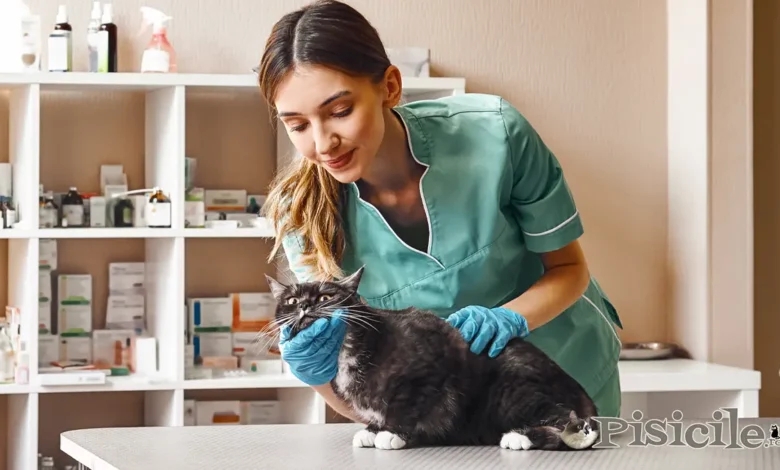
Calicivirus, also known as feline coryza, is a viral disease that affects cats. It is caused by a virus from the Caliciviridae family. Calicivirus is highly contagious and can spread quickly among cats. The virus can survive in the environment for long periods of time, making infection easy.
There are several strains of calicivirus (feline coryza) that can cause the disease, and the exact mode of transmission and infection can vary.
Subject
Transmission of feline calicivirus (Feline coryza)
The main sources of contamination are: contact with other sick cats, floors, bowls, litter boxes, beds and unwashed hands of owners who have come into contact with an infected cat.
Contact direct: Cats can become infected through direct contact with other infected cats. This can occur through interaction between infected animals, such as kissing or licking each other, but also through fighting or through infected secretions, such as nasal discharge or saliva.
Contact indirect: The virus can survive on contaminated surfaces, such as toys, food bowls, cages or other objects, and can then be transmitted to other cats via these contaminated objects. For example, a healthy cat can become infected if it pet a toy that was recently used by an infected cat.
Aerogen: Calicivirus can also be spread by aerosols, which are small particles that are released into the air when an infected cat sneezes or coughs. Cats in an enclosed space, such as an animal shelter or a group of cats living together, may be at risk of airborne transmission of the virus.
Calicivirus can survive for a week on objects or areas that the infected cat has come in contact with.
After infection, cats can transmit the virus for about 30 days through nasal secretions and eye. After this period the virus can be completely eliminated. Less than 50% of felines can carry the virus for 75 days and re-infect after recovery.
Calicivirus is very difficult to destroy in a group of cats.
Symptoms of feline calicivirosis
The clinical manifestations of calicivirosis can vary depending on the strain of the virus and the health status of the cat. Common symptoms include:
Nasal and ocular congestion: The cat may have copious, watery nasal and eye discharge. These can lead to crusting around the nose and eyes.
Sneeze: The infected cat may sneeze frequently.
Oral ulcers: Some strains of calicivirus can cause painful ulcers in the mouth and tongue. These can cause difficulty in eating and swallowing.
Excessive salivation: The cat may drool excessively due to pain and discomfort in the mouth.
Apathy and loss of appetite: The cat may be less active and may refuse food due to pain.
Fever: The cat may develop a mild to moderate fever.
In severe cases, calicivirosis can lead to pneumonia, arthritis and other complications. Young cats, older cats and those with a weakened immune system are more prone to severe manifestations of the disease.
Clinical forms of the disease
Easy shape: This is the most common form of calicivirus and is characterized by mild to moderate symptoms. The cat may experience nasal congestion, sneezing, eye discharge and mouth ulcers. The cat usually maintains its appetite and general health is relatively good. In this form, the cat can recover in a few weeks without specific treatment.
Intermediate form: This form is characterized by more serious symptoms and can affect the general condition of the cat. In addition to the usual symptoms such as nasal congestion, sneezing and mouth ulcers, the cat may experience fever, excessive drooling, loss of appetite and lethargy. Sometimes, additional complications can occur, such as pneumonia or arthritis. Symptomatic and supportive treatment is often necessary to help the cat recover.
The severe form: This is the most serious form of calicivirosis and can be potentially fatal. In this form, the symptoms are intense and the cat presents with extensive and deep mouth ulcers, bleeding, severe and painful inflammation of the mouth, difficulty in feeding and swallowing, high fever and severe lethargy. The cat may completely refuse food and water. Treatment must be intensive and may include the administration of antibiotics, anti-inflammatories and rehydration therapy. Sometimes dental or surgical interventions may be necessary to treat associated complications.
Treatment of calicivirus (Feline Coryza)
Treatment of calicivirosis (feline coryza) is mainly symptomatic and supportive, as there is no specific antiviral treatment currently available. The goal of therapy is to relieve symptoms, maintain the cat's hydration and nutrition, and prevent or treat associated complications.
Here are some important aspects of feline calicivirus treatment:
Adequate monitoring and care: The cat must be carefully monitored to observe the evolution of symptoms and to intervene in time in case of deterioration. Make sure the cat has a comfortable, quiet environment and gets adequate rest.
hydration: It is essential to keep the cat properly hydrated. If she refuses to drink water, the veterinarian may recommend intravenous or subcutaneous fluids to maintain fluid balance.
Nutrition: The cat should be encouraged to eat, even if it has mouth ulcers or discomfort. Soft foods, soft in consistency and easy to chew, may be preferred. In some cases, the vet may recommend feeding through a tube or esophageal tube in situations where the cat refuses to eat.
Symptomatic treatment: To reduce inflammation and pain, your veterinarian may prescribe non-steroidal anti-inflammatory drugs (AINS) or other analgesic drugs suitable for cats. Nasal and eye drops may also be used to relieve congestion and discharge.
Treatment of secondary infections: Cats with calicivirus can develop secondary bacterial infections, especially in severe cases. In such situations, antibiotics may be required to treat associated infections.
Supporting the immune system: Improving the immune system can help fight the virus and reduce symptoms. The veterinarian may recommend dietary supplements, such as vitamin C or immunostimulants, to support the cat's immunity.
Vaccination of the cat against feline calicivirus
Vaccination plays a crucial role in the prevention of feline calicivirus. Calicivirus vaccines are available and are often included in regular vaccination schedules for cats. It is important to discuss with your veterinarian the recommended vaccination schedule for your cat, taking into account its individual needs.
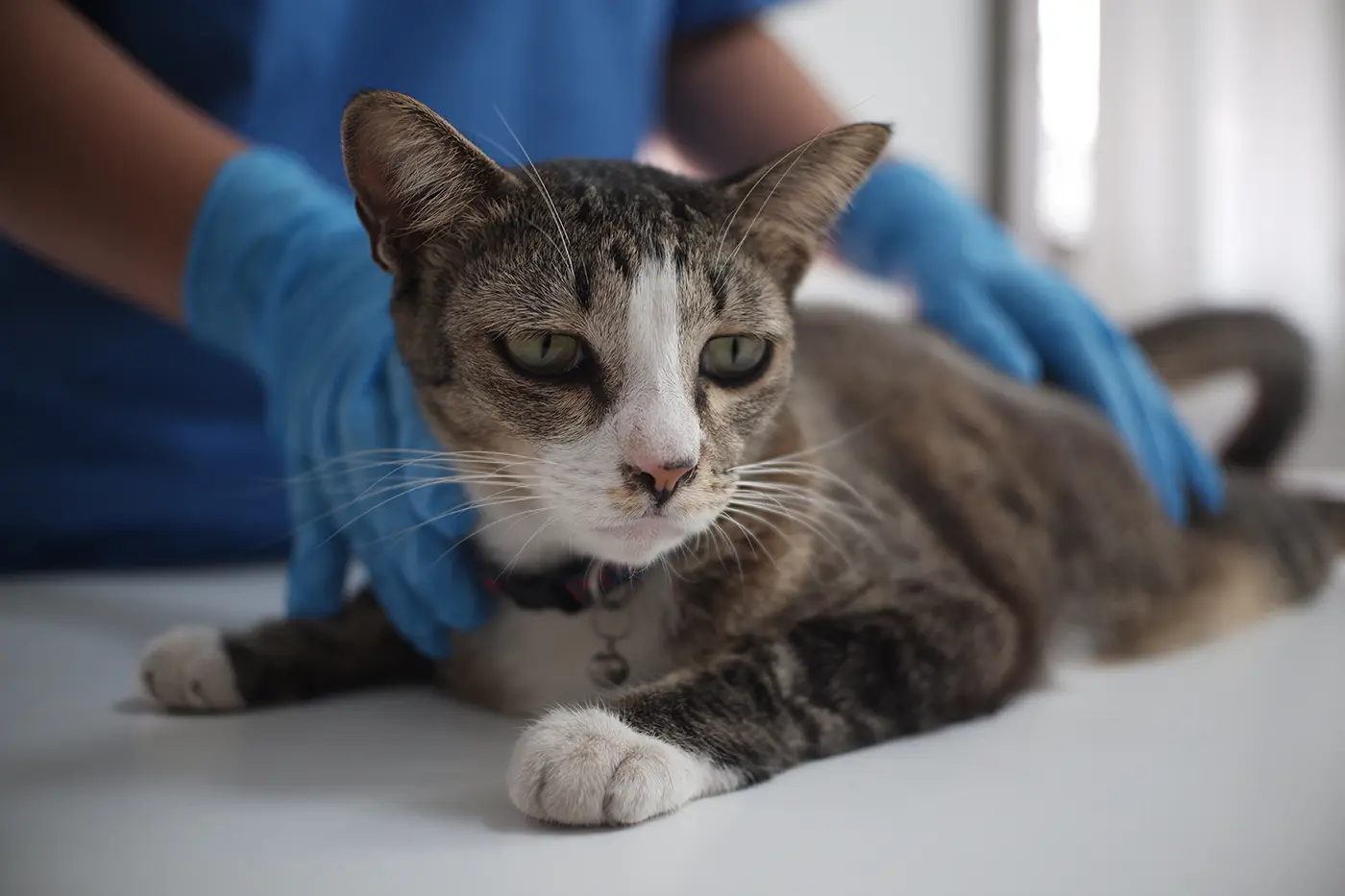
There are several vaccines available that provide protection against calicivirus. Vaccines can be given as part of a combination vaccine that also protects against other common conditions such as feline viral rhinotracheitis and feline panleukopenia. Vaccines can be administered as a subcutaneous or intramuscular injection.
Vaccination schedules vary and can be adjusted according to the cat's age and health, as well as specific risk factors. Calicivirus vaccination usually starts at about 6-8 weeks of age and is continued at regular intervals, usually every 3-4 weeks, until the cat reaches 12-16 weeks of age. After that, I am regular revaccinations recommended to maintain immunity.
It is important to follow the revaccination schedule recommended by your veterinarian. The duration of vaccine protection may vary depending on the specific product used and the vaccination protocol. Regular revaccination is essential to maintain adequate immunity.
Vaccination against calicivirus does not provide complete protection in all cases. However, even if the cat becomes infected with the virus, prior vaccination can reduce the severity of the disease and help avoid serious complications.
Measures to prevent infection with feline calicivirus
In order to prevent infection with feline calicivirus (feline coryza), it is important to consider the following measures:
Provide a quiet and clean environment: The cat should live in a clean and hygienic environment. Clean the litter box regularly and make sure the feeding and water area is clean and safe.
Keep food and water bowls clean: Change and wash food and water bowls regularly to avoid contamination with bacteria or viruses.
Limit contact with other unvaccinated cats: If your cat is not vaccinated against calicivirus or other contagious feline diseases, avoid exposure to other cats that are not vaccinated or whose health status is unknown.
Protect the cat's food: Make sure that other cats in the household or in the neighborhood do not have access to your cat's food, as there may be risks of disease transmission.
Personal hygiene: After touching or petting other cats, be sure to wash your hands thoroughly to avoid passing on any germs or viruses.
Check the health status of new family members: If you are bringing a new cat into the family, make sure it is healthy and properly vaccinated before bringing it into contact with the existing cat.
It is important to consider these preventive measures and take care of your cat's hygiene and general health to minimize the risk of contracting calicivirus or other feline diseases. Always consult your veterinarian for additional information and personalized advice on preventing disease in cats.
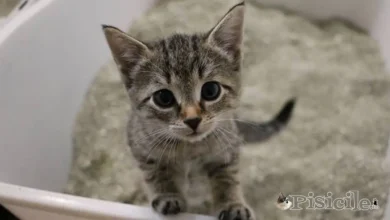
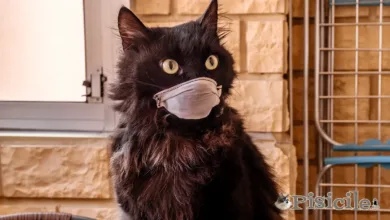
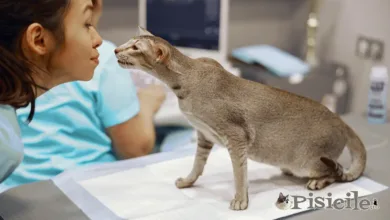

3 Comments